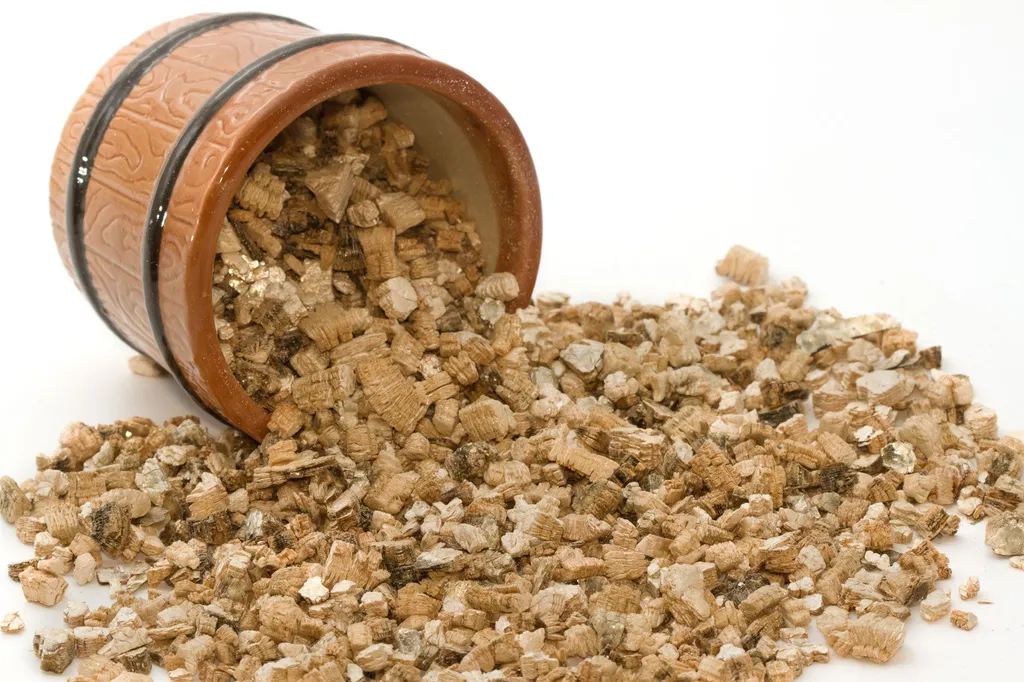Dec . 14, 2024 15:00 Back to list
High-Performance Refractory Materials for Extreme Temperature Applications and Durability
High-Quality Refractory Materials Essential for Modern Industries
Refractory materials are vital components in various high-temperature industries, including metallurgy, ceramics, glass manufacturing, and cement production. These materials are designed to withstand extreme heat and harsh chemical environments, making them indispensable for processes that require the retention of structural integrity and thermal stability at elevated temperatures. This article explores the significance of high-quality refractory materials, their types, properties, and applications.
Understanding Refractory Materials
Refractory materials are defined as inorganic materials that can withstand high temperatures without melting or deforming. They are typically classified into several categories, including acidic, basic, and neutral refractories, depending on their chemical composition and behavior when exposed to various environments. The choice of refractory material is crucial as it directly impacts the efficiency, safety, and longevity of industrial operations.
Characteristics of High-Quality Refractory Materials
High-quality refractory materials possess several key characteristics that make them suitable for high-temperature applications. These characteristics include
1. High Melting Point Refractories are engineered to tolerate temperatures in excess of 1500°C (2732°F) without undergoing significant changes in structure. This property is paramount for industries where temperatures can reach upwards of 2000°C (3632°F).
2. Thermal Stability They should be able to maintain their properties under fluctuating thermal conditions. High-quality refractories exhibit minimal thermal expansion and contraction, reducing the risk of cracking or warping.
3. Chemical Resistance Many industrial processes involve corrosive materials that can degrade conventional materials. High-quality refractories resist oxidation, reduction, and corrosion from molten metals and slags, thereby prolonging service life.
high quality refractory materials

4. Mechanical Strength High-quality refractory materials display exceptional mechanical strength under both high temperatures and load. This ensures they can withstand physical stress without failure.
5. Thermal Conductivity and Insulation Depending on the application, refractories can be designed for either high thermal conductivity or insulation properties, allowing for energy-efficient operations.
Applications of Refractory Materials
The applications of high-quality refractory materials are vast and varied. In the metallurgy sector, they are used in the lining of furnaces, kilns, and reactors for metal processing. Refractories help maintain the desired heat profiles while protecting equipment from harsh environments.
In the ceramics industry, refractories are critical in kiln linings where ceramics are fired at high temperatures. The right refractory materials ensure uniform heating and prevent contamination of ceramic products.
The glass industry also relies heavily on high-quality refractories for their furnaces where the melting of raw materials occurs. Glass production requires materials that can withstand thermal shock and maintain structural integrity over extended periods.
Moreover, the cement industry utilizes refractory linings in kilns and coolers to improve efficiency and reduce energy consumption. The use of high-quality refractories leads to enhanced operational resilience and reduced maintenance costs.
Conclusion
The significance of high-quality refractory materials cannot be overstated. They are integral to the efficiency, safety, and sustainability of high-temperature processes across various industries. As technological advancements continue to drive the demand for improved materials, the development and use of innovative refractory solutions will be central to achieving greater operational capabilities and environmental compliance. Therefore, investing in high-quality refractory materials is not merely a choice but a necessity for modern industrial operations aiming for excellence and longevity in their processes.
-
Eco-Friendly Granule Covering Agent | Dust & Caking Control
NewsAug.06,2025
-
Fe-C Composite Pellets for BOF: High-Efficiency & Cost-Saving
NewsAug.05,2025
-
Premium Tundish Covering Agents Exporters | High Purity
NewsAug.04,2025
-
Fe-C Composite Pellets for BOF | Efficient & Economical
NewsAug.03,2025
-
Top Tundish Covering Agent Exporters | Premium Quality Solutions
NewsAug.02,2025
-
First Bauxite Exporters | AI-Optimized Supply
NewsAug.01,2025
